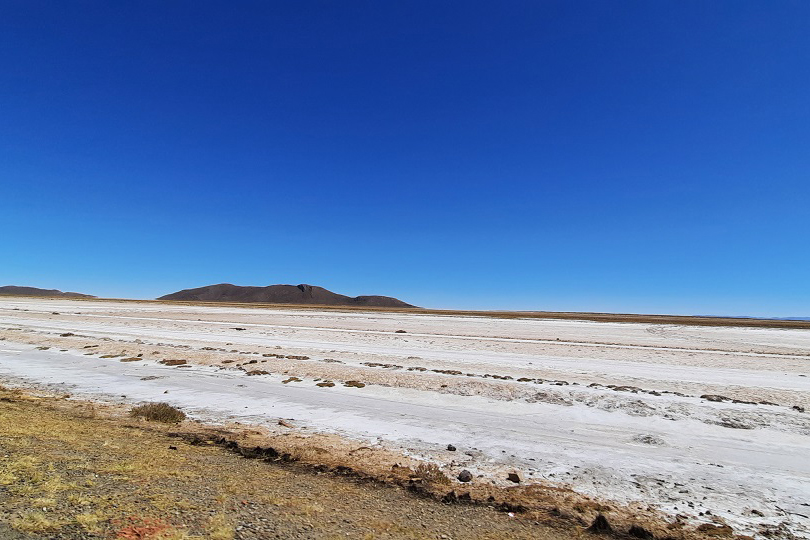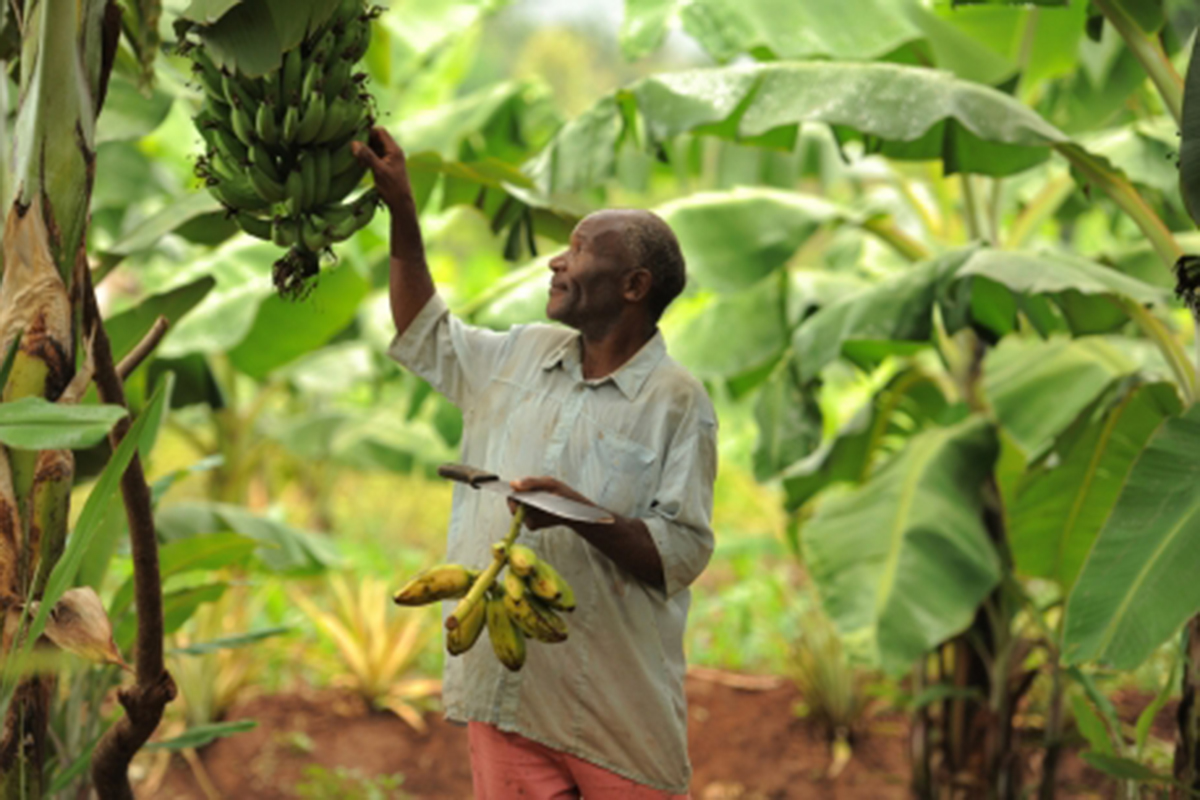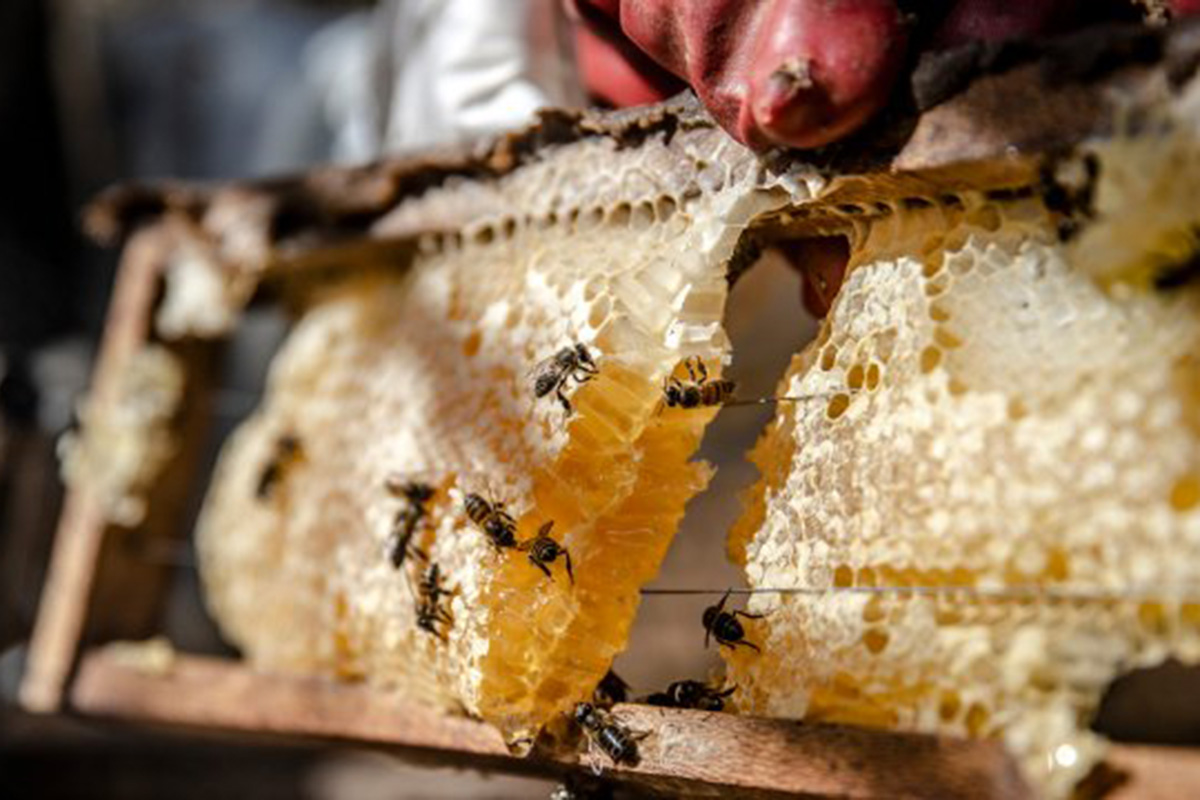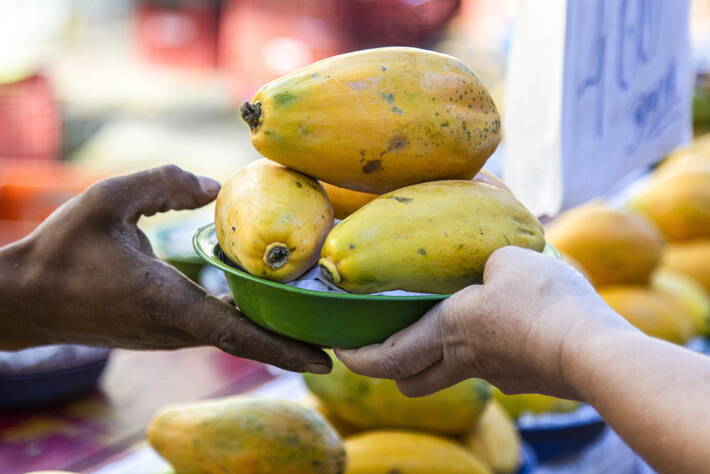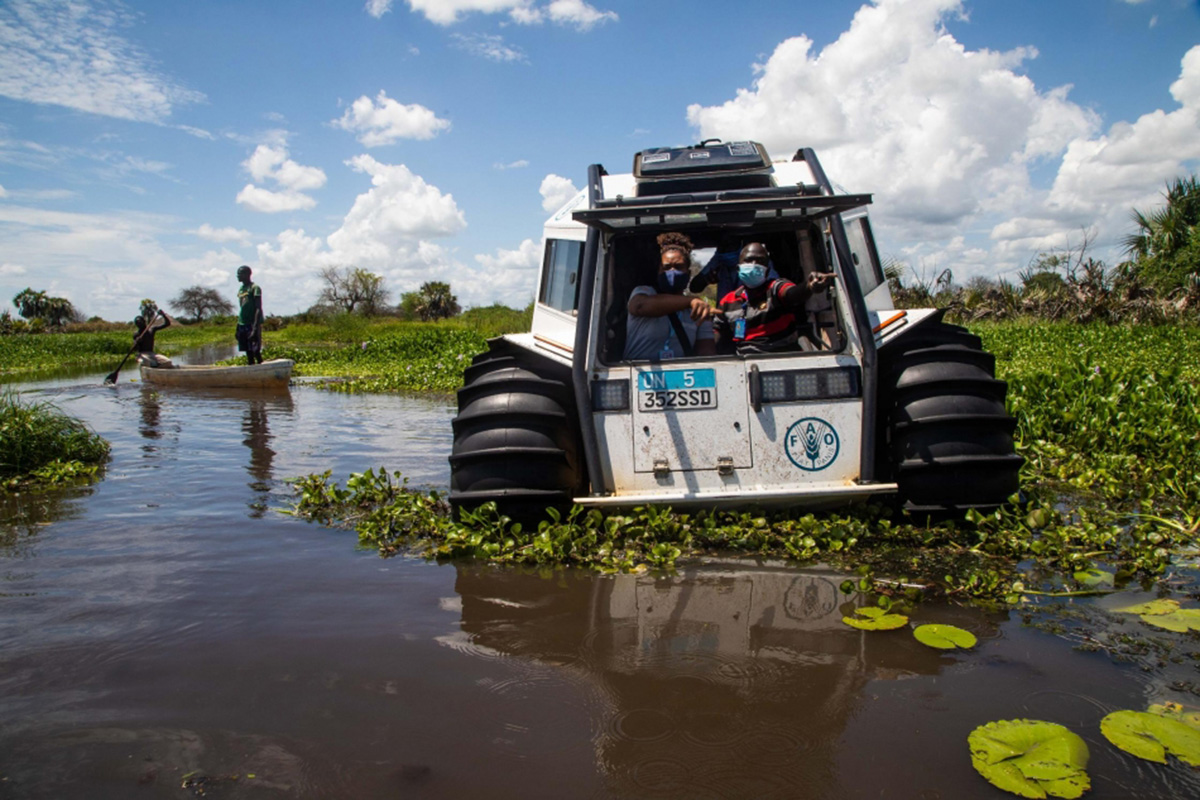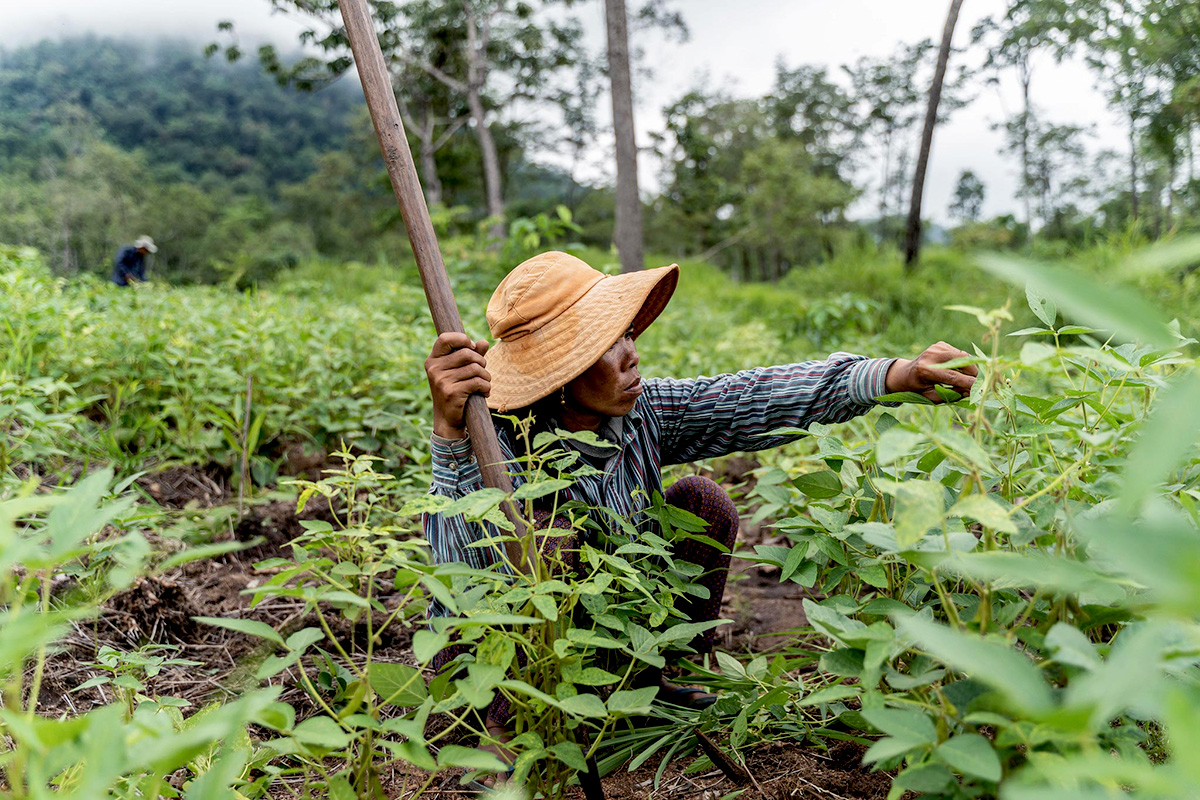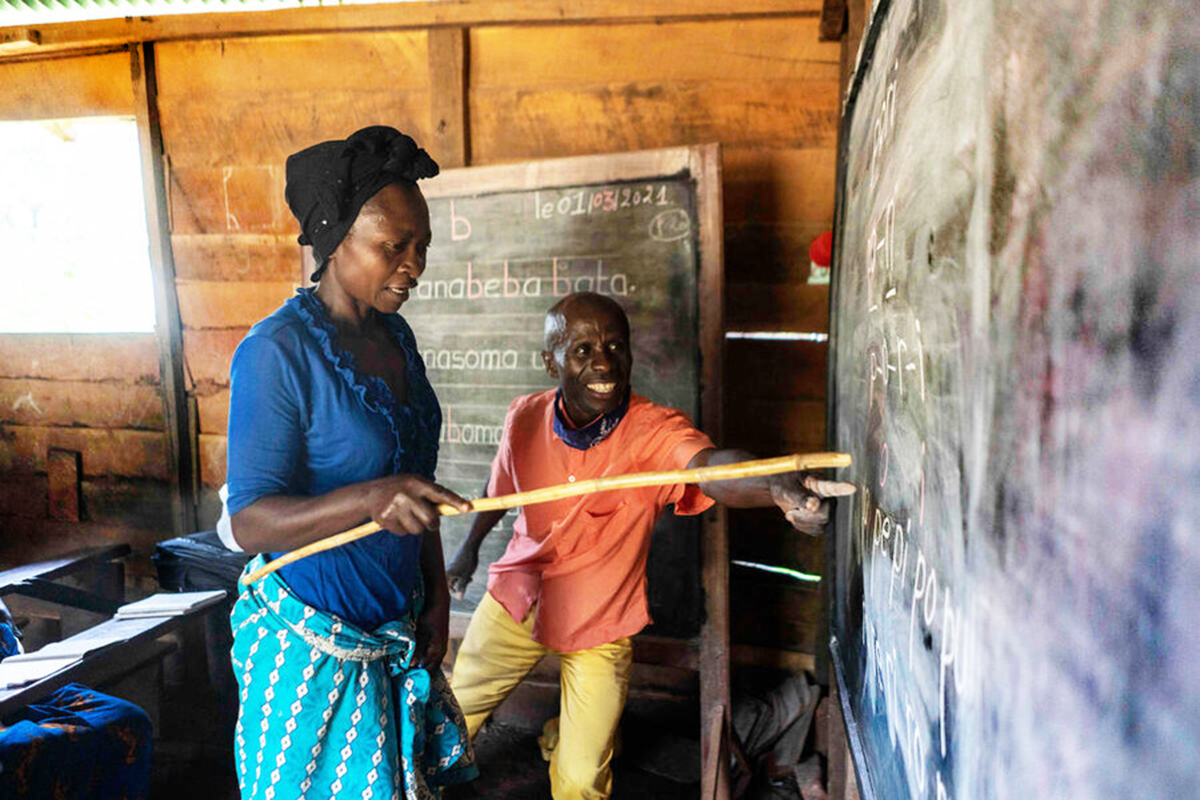Before food reaches our plates, it travels a long way. FAO illustrates how every stage of that journey makes up our agri-food systems. Farming, fishing, livestock-rearing, storing, transporting, selling, buying, eating, and disposing of our food are all part of these complex systems. The systems also include all the non-food products that come from agriculture, like cotton and forest products. Our actions and choices can help these systems become more sustainable.
FAO
FAO has launched the Global Map of Salt-Affected Soils, a key tool for halting salinization and boosting productivity. The map estimates that there are more than 833 million hectares of salt-affected soils around the globe (8.7% of the planet). Most of them can be found in naturally arid or semi-arid environments in Africa, Asia and Latin America. However, the map also shows that 20 to 50 percent of irrigated soils in all continents are too salty, meaning over 1.5 billion people worldwide face significant challenges in growing food due to soil degradation.
Thomas Pesquet, a European Space Agency (ESA) astronaut and FAO Goodwill Ambassador, advocates for climate action. He promotes awareness of FAO’s science-based work with countries to transform agri-food systems and improve food security, improve access to sustainable healthy diets and tackle food waste. As an astronaut, he is in a unique position to garner his experience and knowledge on space technology to raise awareness about these issues.
Who says children shouldn’t play in the kitchen? Cooking healthy food starts young in this Touch Smell Taste cooking class in Rome. The hands-on cooking lab, led by Naheda Slayih and supported by volunteers, invites visually impaired children to learn how to become young chefs and have a good time too.
Producers: Megan Williams, Charlotta Lomas, Anais Hotin, Marina Sánchez Castelo, Nina Coates.
Presenter: Megan Williams.
Photo: ©FAO/Cristiano Minichiello.
A sustainable agri-food system is one in which a variety of sufficient, nutritious and safe foods is available at an affordable price to everyone. Nobody goes hungry or suffers from any form of malnutrition. Nowadays, almost 40% of the world’s population cannot afford a healthy diet and 2 billion people are overweight or obese due to a poor diet and sedentary lifestyle. We need to be part of the change. This World Food Day, join UN events, take action, and share the message!
Whether it’s made from glass, plastic, metal, paper or bamboo, packaging plays an important role in keeping food fresh, ensuring it is safe as well as extending its shelf-life to reduce loss and waste. A circular approach is key. Circular packaging solutions focus on a reduce-reuse-recycle approach, including minimising single-use plastic, encouraging the reuse and recycling of materials and improving the economics and quality of recycled plastics. FAO suggests four better packaging solutions we can leverage to reduce food loss and waste.
In 2013, Busy found out about FAO’s beekeeping course through one of his friends and decided to register to gain deeper knowledge and take his business to the next level. FAO’s three-week course armed him with critical information on the practical aspects of beekeeping, including building beehive boxes and mounting frames. With a strong determination, passion and “know-how”, Busy worked diligently in every aspect of the beekeeping trade, including planting trees and even encouraging his neighbours to grow vegetation so the bees could pollinate and collect nectar.
Global support to producers in the agricultural sector amounts to $540 billion per year, making up 15 percent of total agricultural production value. Yet 87 percent of this support is price distorting and environmentally and socially harmful. Reconfiguring agricultural producer support, rather than eliminating it, will help end poverty, eradicate hunger, achieve food security, improve nutrition, promote sustainable agriculture, foster sustainable consumption and production, mitigate the climate crisis, restore nature, limit pollution, and reduce inequalities.
There are many different kinds of journeys that food can take, some that guarantee a healthier future for people and the planet.
Thanks to its unique geographical conditions, including soil and weather, Jamaica produces some of the world’s best ginger. FAO has joined public and private sector bodies to protect the industry from a destructive disease, Ginger Rhizome Rot.
Peter Rabbit has joined forces with the UN Act Now campaign, FAO, and the UN Foundation to enlist more food heroes, like Peter, who see the value in fruits and vegetables for a balanced diet and a healthier planet. Find out about some actions you can take to become a food hero too, from eating more fruits and vegetables to reducing food waste, buying locally grown food, or even growing your own at home.
Increasing water levels due to heavy rainfall have isolated communities in South Sudan. FAO uses All-Terrain Vehicles for rapid response missions in hard-to-reach locations.
Today, agricultural supply chains are more extensive than ever. Food crosses countries and oceans, moving from producers to retailers - to consumers. These dynamics create millions of jobs around the world - critical for livelihoods, economic growth, and development.
FAO and partners equip forest communities with the technical capacity and funds needed to address forest degradation and promote restoration activities, along with the Cambodian government.

